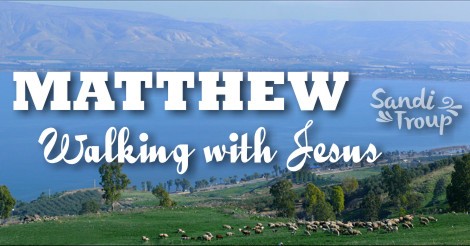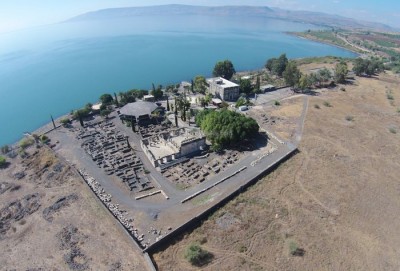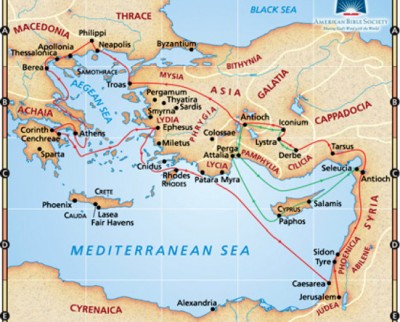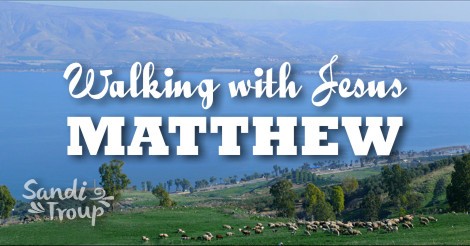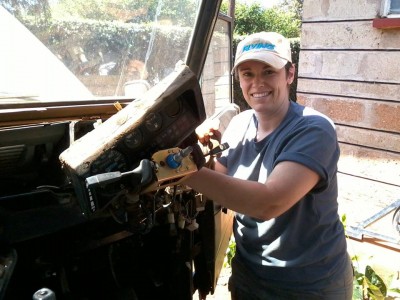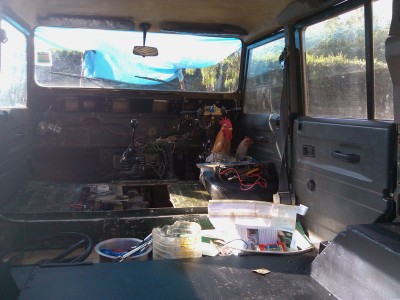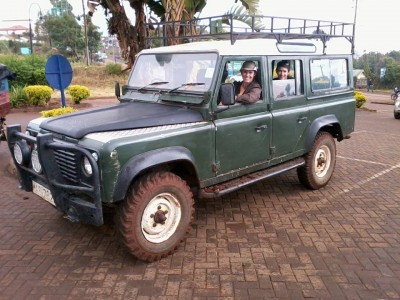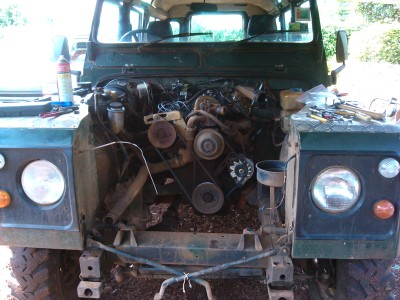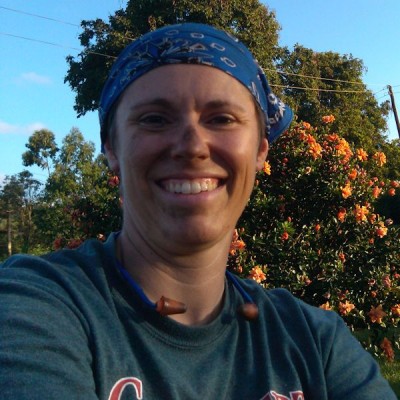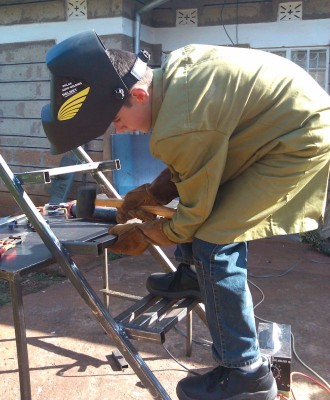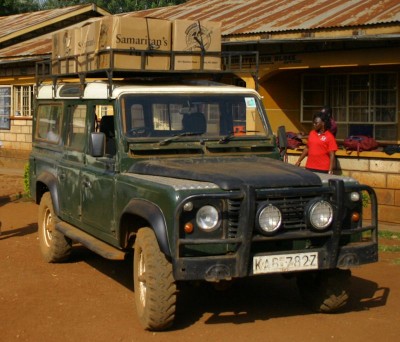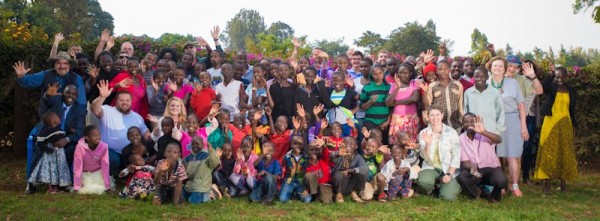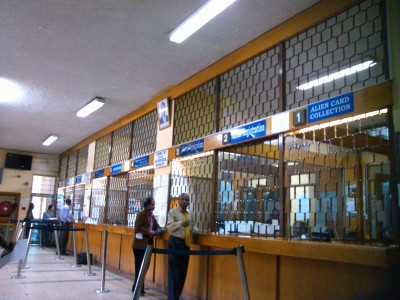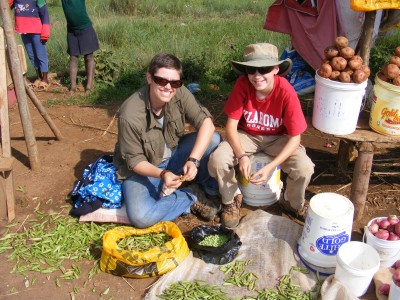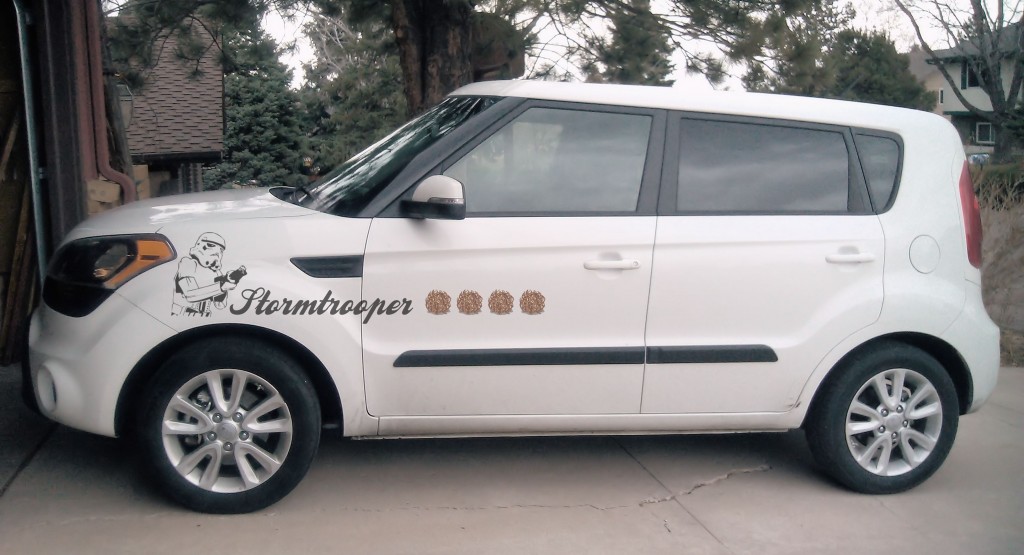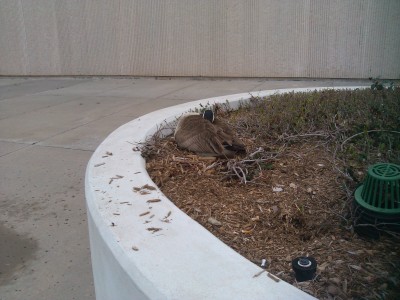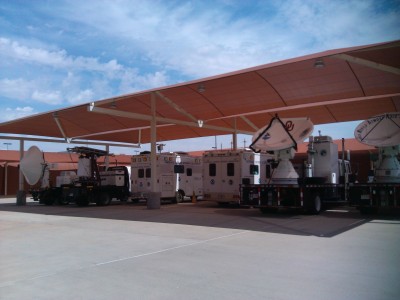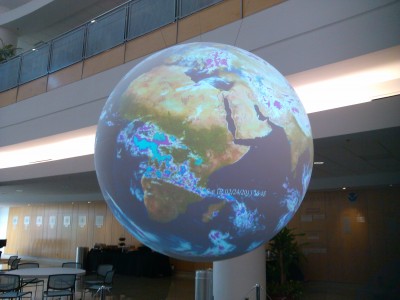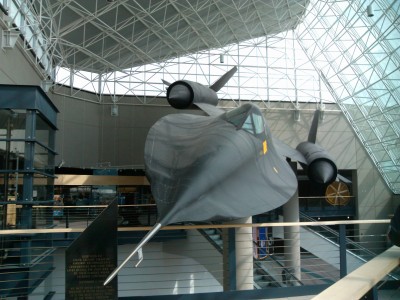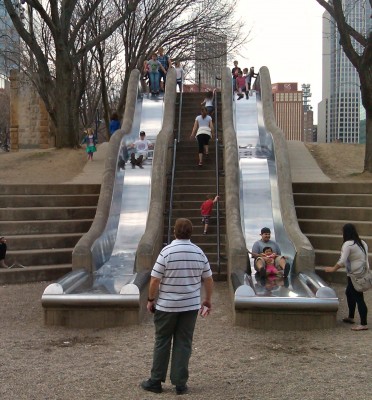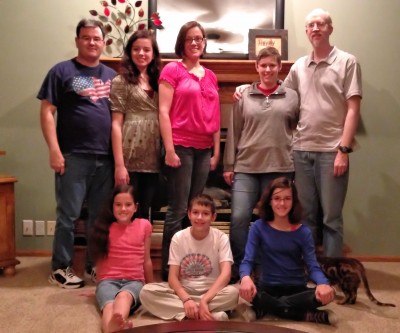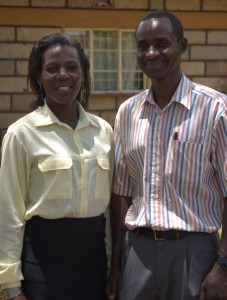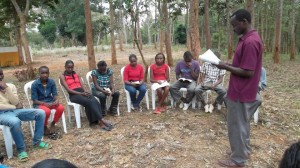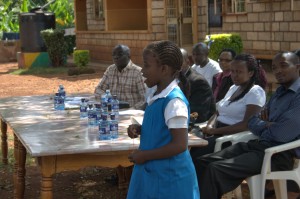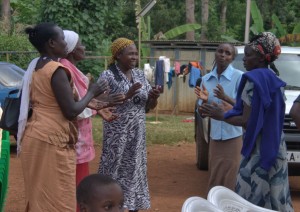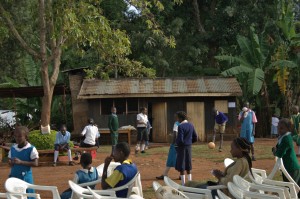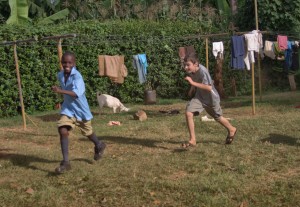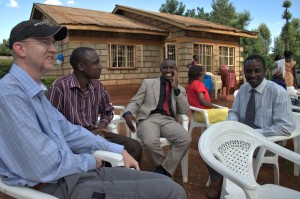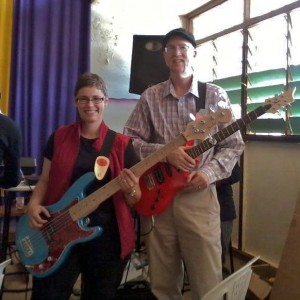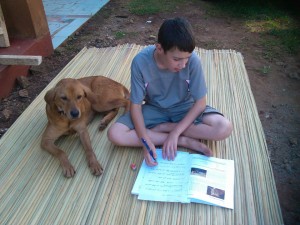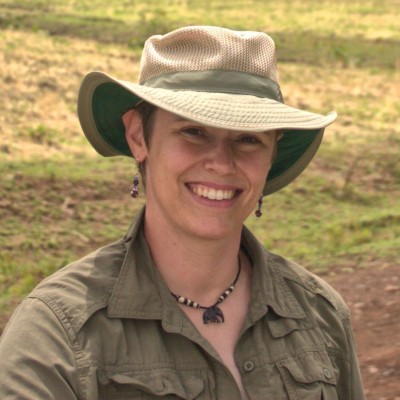Welcome to our Bible study of Matthew!
When I disciple a new group, I really like to start with the Gospels. What better place to start than the words of Jesus? I especially like Matthew because it is very comprehensive in the actual teachings of Jesus. So many phrases from Matthew we’ve been able to quote since grade school, but familiarity can sometimes cloud our eyes. I want to take a fresh look at them within context and an understanding of history, culture and the original language, and I hope each of you will view old familiar passages in a new and powerful way.
Before we get started, I want to give a good foundation for this and other Bible studies you may do. It is my goal that those of you who are joining me will not be simply students, but that I will be equipping you to be teachers yourselves.
What is the difference between the Sea of Galilee and the Dead Sea? The Sea of Galilee has both fresh water sources and an outlet – the Jordan River. The Dead Sea only takes in water, but never releases it except by evaporation, and the resulting toxic levels of salts make it unable to support life. As Christians, if we only receive teachings, but never share them, we become stagnant. My challenge to you is to study and learn with the goal of discipling another who is not as far along in their walk as you. You will find your own reservoir will grow and flourish as a result. And believe me, nothing challenges you more to grow in your walk than guiding another!
One thing I will stress in our study is the importance of proper interpretation and application of the Scriptures. Here are some suggestions to keep in mind:
1. Pray for guidance from the Holy Spirit as you read.
Who better to help you interpret the Scriptures than the author!
- II Timothy 3:16-17 All Scripture is God-breathed and is useful for teaching, rebuking, correcting and training in righteousness, so that the servant of God may be thoroughly equipped for every good work. (NIV)
- Hebrews 4:12 For the word of God is living and active, sharper than any two-edged sword, piercing to the division of soul and of spirit, of joints and of marrow, and discerning the thoughts and intentions of the heart. (ESV)
- John 14:23; 25-26 If anyone loves Me, he will keep My word…These things I have spoken to you while being present with you. But the Helper, the Holy Spirit, whom the Father will send in My name, He will teach you all things, and bring to your remembrance all things that I said to you. (NKJV)
- John 16:13-15 But when He, the Spirit of truth, comes, He will guide you into all the truth. He will not speak on his own; He will speak only what He hears, and He will tell you what is yet to come. He will glorify Me because it is from Me that He will receive what He will make known to you. All that belongs to the Father is mine. That is why I said the Spirit will receive from Me what He will make known to you. (NIV)
2. Read Scriptures in context.
Each word is part of a sentence, which is part of a paragraph, which is part of a book, which is part of the entire message of the Bible (see point #7)! No interpretation should contradict the entire message, and other scriptures as a whole should help interpret the passage you are looking at. Jesus gave us an example to follow in Matthew 4:6-7…even the devil can use scriptures, but Jesus refuted his misinterpretation with another scripture. Can I say it again? Context is one of the most important things to consider to avoid being misled!
3. Consider the original language/vocabulary and differences in translations.
If you’re reading an English Bible, that’s not the original language! The Old Testament was written in Hebrew (with a small amount of Aramaic) and the New Testament was written in Greek. For any of you who speak more than one language, you know that it is not always easy to explain words and concepts from one language to another. Different Bible translations approach this in different ways. See the table below:

Comparison of different English Bible translations
Translations such as the Good News Bible seek to convey the message behind the actual text, and paraphrase it to make it easier to understand. The New American Standard and King James/New King James versions intended to be a more literal translation from the original language. But even the literal translations are limited – sometimes you need more than one English word to translate the rich vocabulary of Greek and Hebrew, and that’s where the Amplified Bible comes in. Then, right in the middle, is the New International Version.
What do I use? I use New King James and my husband uses New American Standard as our primary reading Bibles, but when we teach, we use all the versions listed above, in addition to a lexicon (I’ll discuss in a moment). It is important to get other perspectives, and I like referring to versions like Good News when I need to bring difficult concepts down to a child’s level. If you are teaching the Word, I highly recommend investing in at least one of the translations on the “literal” end. As we get deeper in our study, you will see why it is so terribly important to be as close to the original language as possible. (Note: there are several different copyright dates of Bible versions – for example 1975 verses 1985 – which accounts for slight variation between the different sources, depending on which one they are accessing.) This PDF handout has several website and mobile device resources you can use as tools in your personal study.
Bible Study Handout (PDF)
If you really want to get deep in your studies – learn how to use a Lexicon. This is basically a dictionary of the words in the Bible, categorized by a Strong’s Number, which was assigned to each word root (prefixed by G for Greek, H for Hebrew). The handout above has resources for online concordances (word lookup) and lexicons. One of my favorite tools I use on my smartphone is MySword (Android) and eSword for PC/Apple. If you go to the KJV+ included for free in your download, each word has a Strong’s number hyperlink where you can view both Strong’s and Thayer’s lexicon references for that word. For e-Sword, the initial download includes tons of commentaries, historical references, maps, images, etc., all for free. The included Bible versions are a bit limited, but you can pay to add your favorites for about the price of a basic hardcopy Bible. We also really like Blue Letter Bible for online – I linked straight to the “How to Get Started” page since it requires a bit of explanation the first time you use the advanced tools. (They also have an institute with free seminary classes – BLBi.org.)
4. Consider the historical framework, culture, and life circumstances of the main characters and intended audience.
This step can require a bit of research! Did you pay attention in your World History class? I’m currently teaching my son history, and it has been so helpful for me as I get to review Egyptian, Babylonian, Middle Eastern, Greek and Roman cultures. Sometimes we can be very ethnocentric, with little knowledge of other cultures across the world. To understand and apply biblical truths, we really need to have a broader understanding of what the main characters of the passage were encountering in the world around them.
Note that a cultural awareness can encompass both the historical context and the language. For instance, several verses contain idioms – or common sayings at the time – that cannot be correctly interpreted without an explanation of the meaning behind it. If you have a Bible with commentary, it can really help. You can also find resources with commentary linked above.
5. Understand there are Biblical genres – or types of writings.
The Bible includes history/narrative (including the Gospels), the Mosaic Law, wisdom, poetry/psalms, prophecy and letters, among other categories. Letters are especially important to look at with understanding of context…an epistle may be written to establish doctrine, guide or correct a particular church with an issue they are having, express needs – sometimes all of the above – and others are simply personal correspondences which are windows into early church life that give us examples of godly relationships and interactions. For a more in-depth explanation of genre categories and advice on how to interpret them, see this link:
https://www.intothyword.org/apps/articles/default.asp?articleid=31435
Why do we need to understand the genre? There are a lot of things that are documented in the Bible that are most definitely not an example for us to follow, especially when we lift passages out of context and/or combine one passage/genre with another. A great example my husband likes to use:
…and he [Judas] went away and hanged himself…Go, and do likewise. One is from Matthew 27:5, historical narrative, and the other is Luke 10:37, Jesus’ teachings. It’s pretty silly, isn’t it? But how many things are taken out of context, used to justify what one wants to hear and believe?
There is one particular passage in III John verse 2 that we hear all the time as justification for the belief that God intends to give us anything we wish for: “Beloved, I pray that you may prosper in all things and be in health, just as your soul prospers.” First of all, the word “prosper” (NKJV, NIV) is often misinterpreted to mean riches…if you go to the original Greek, it means more to have a good journey – or to succeed in reaching goals – than it does material wealth and fame. Second, this is a letter, from one person to another. We’re reading someone else’s mail! In fact, this was a very common style of greeting between friends in the 1st Century. My husband jokes about this – if he sends an SMS to a friend saying, “I hope you and your business are doing well” – should others pick it up and parade it as a promise from God?
6. Approach your reading like a journalist – ask who, what, where, when, why, and how.
Not only will asking these questions help you keep things in context, understand the intended audience and even the historical background, it will poise you to glean the most you can from the Scriptures. I also recommend keeping a journal to write down something that spoke to you from your reading…it can be as brief or as long as you like. I find when you are looking for something special to document, it helps you to read actively, expectantly, rather than drudging through an exercise to check it off for the day.
7. When you read, keep the big picture in mind.
Did I mention context? Just kidding…I think I did on every point! Remember that the Bible is a collection with one unified purpose: to show God’s character and His ultimate plan for our salvation. When you step back and look at it as a whole, you see Jesus, from the very first words in Genesis (John 1:1-5) to the end of Revelation. It is a love story between the Creator and the creation (I John 4:9). It is the story of a world destroyed by sin, of broken people living broken lives, and a perfect Savior who sacrificed His life redeem us and restore us to a right relationship with Him (Romans 5:18, 6:23). It is a story of people who had faith in God, and endured numerous hardships, torture, and death with the hope of the promised eternal reward (Hebrews 11-12, Romans 8:18-25), and encouragement from Jesus Himself to persevere to the end (Revelation 22). Amen!
And one final tip: don’t be afraid to write in your Bible.
A pastor friend of ours always asks for the Bible of the deceased when He prepares for a funeral. What better way to have insight into the favorite passages and testimony of a person than to follow their breadcrumbs through the pages of their favorite Bible? Mine is like a cross between a textbook, manual, teaching reference, and old friend! I write down insights I picked up in studies, deeper Hebrew/Greek word meanings, cross references to related passages, and reference to a commentary or quotation so I don’t have to search all over for “where did I read that?” Many people like to document dates and circumstances when they read something that really spoke to their lives – when you read it again later, it is wonderful to remember promises that were fulfilled and difficult times God carried you through. It’s your Bible! But if you do make annotations, I suggest doing it in a fine pencil, and leave room for other notes in the future.
So get acquainted with some of the resources I gave you, get a journal/notepad ready, and let’s dig in to the scriptures!
Next Lesson: Overview of the Gospels


